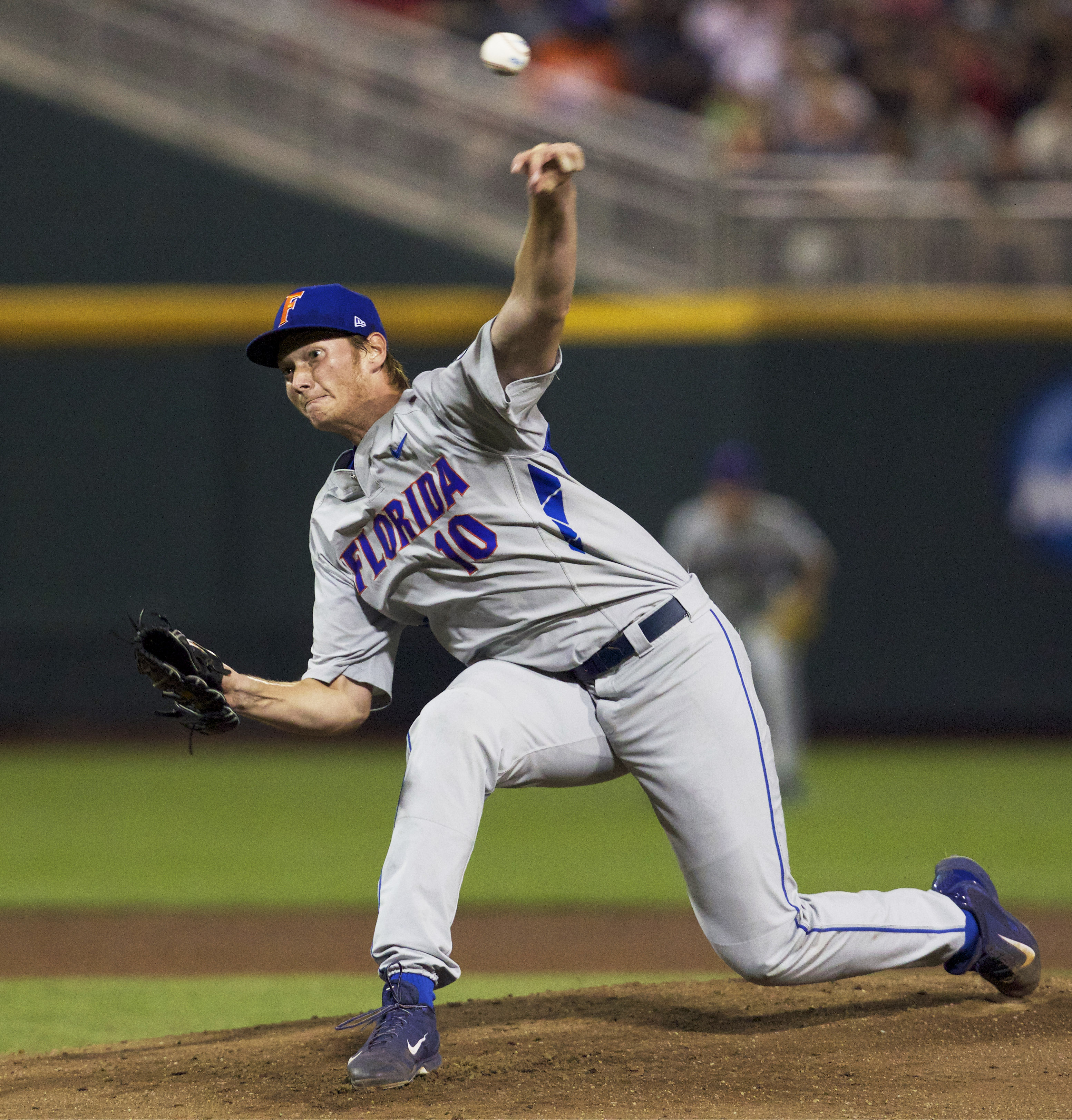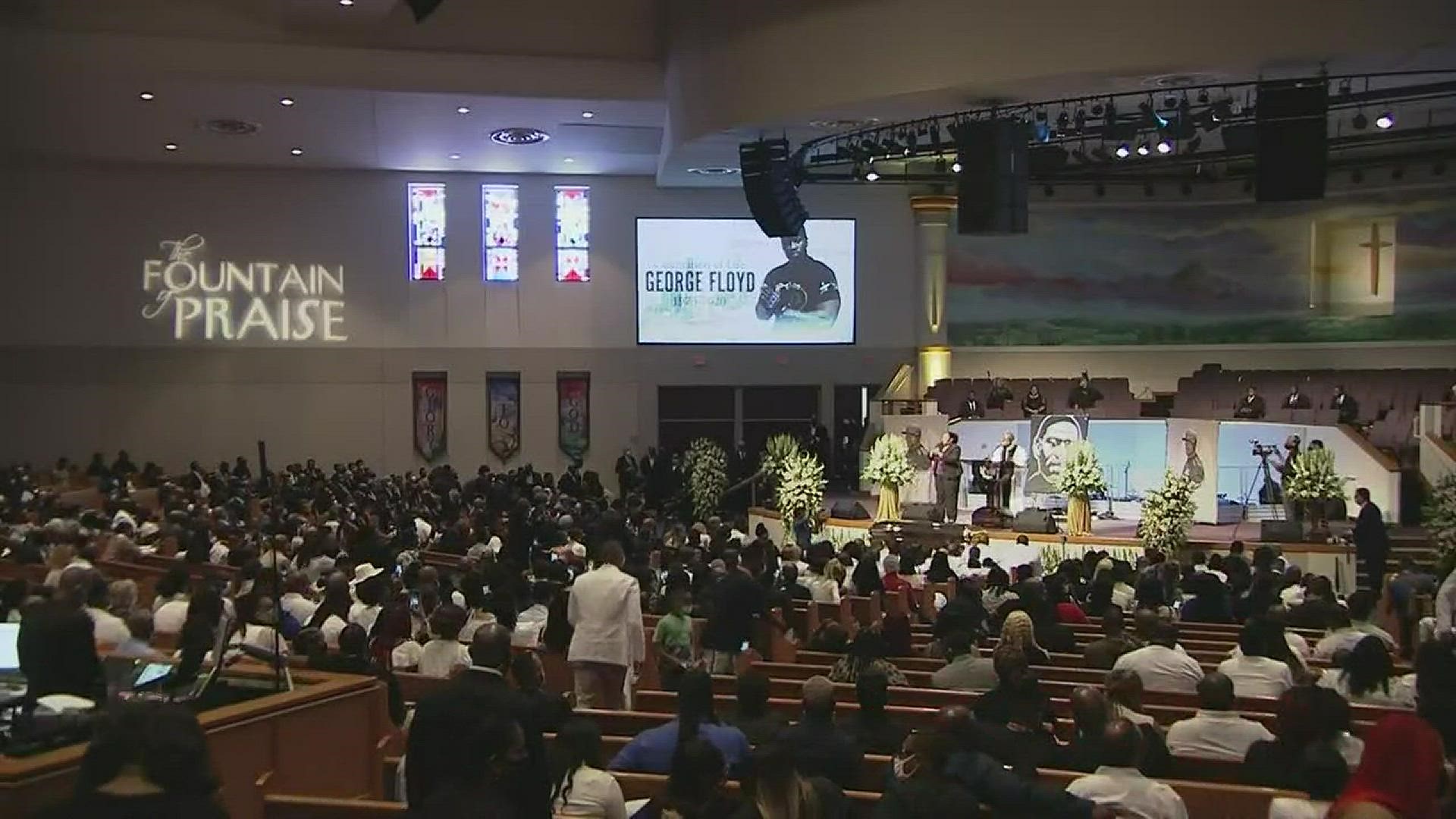Ultimately, Major League Baseball’s draft - which begins Thursday night - will be judged by the success of its vaunted crop of high school pitchers. For scouts, the storyline over the past calendar year has centered on just how high the exciting young arms could go.
The good news is that the college crop has done its part, with several prospects enhancing their stock in recent months, and as usual the balance between potential high school and college first-rounders appears to be about even.
![NCAA Baseball: College World Series-Florida vs Virginia [image : 84477158]](http://www.gannett-cdn.com/-mm-/99e5ebe6bd4c25878a56be16faa21321fd1cc776/c=0-295-3106-2950/local/-/media/2016/05/17/USATODAY/USATODAY/635990419088973915-USATSI-8631059.jpg)
While the draft remains difficult to project, we’ll once again see a crop of players more polished than draft classes from, say, a decade ago. An abundance of top-15 picks could make the major leagues by the end of the 2017 season.
A look at several themes to watch through the three days and 50 rounds:
![Draft prep: Top 30 baseball prospects for June MLB draft [oembed : 85634580] [oembed : 85634580] [oembed : 85634580] [oembed : 85634580] [oembed : 85634580] [oembed : 85634580]](/Portals/_default/Skins/PrestoLegacy/CommonCss/images/smartembed.png)
***
Prep Arms Have Ace Potential
Riley Pint and Jason Groome have dominated the prep arms discussion. Groome is a 6-foot-6 lefty prototype with a 92-95 mph fastball and a breaking ball reminiscent of a young Clayton Kershaw. Pint is a tall, lean righty with a fastball that touches triple digits to go with a wipeout slider. They are prospects of the highest order, but only the tip of the iceberg when it comes to the quality of this high school pitching crop.
More arms have joined Groome and Pint as potential top 10 overall selections, and that group begins with extra polished Braxton Garrett out of Alabama. Garrett pitches at 91-93 mph, has a knockout curveball and locates as well as any pitcher in the class, high school or college. Supremely athletic 6-foot-6 righty Matt Manning has also dazzled scouts in Northern California this spring on the strength of a 92-96 mph fastball and plus curveball.
Upstate New York native Ian Anderson boasts a projectable 6-foot-3 frame, a 92-95 mph fastball and an advanced three-pitch mix.
In terms of sleepers, look no further than Florida prep lefty Jesus Luzardo, sidelined for now by Tommy John surgery but now a potential steal if someone is willing to be patient with his recovery.
***
College Bats Valued Early
If you’re a team looking for a quality college hitter, you better take him early. Teams in the early part of the first round have heavily scouted players like Mercer slugger Kyle Lewis, Louisville speedster Corey Ray and Tennessee’s athletic line drive machine, Nick Senzel. All three of these hitters could be off the board within the first eight to 10 picks.
Lewis may be the most intriguing among the trio because his ultimate upside may still yet be unknown. A late blooming 6-foot-4 physical specimen, Lewis erupted last spring at Mercer, tapping into his all fields power and still showing above average speed and elite athleticism. Still making improvements at the plate, this type of still untapped potential is somewhat rare for such an accomplished college offensive star.
The college bats are a diverse bunch from a skills perspective. Vanderbilt star Bryan Reynolds is a highly-disciplined switch hitter with standout defensive skills and blossoming power. Wake Forest’s Will Craig has posted massive numbers over the last two years and is viewed as potentially one of the fastest moving. Then there are more toolsy options like Florida’s Buddy Reed and Auburn’s Anfernee Grier, two players with enticing power and speed combinations.
Miami catcher Zack Collins could be this draft’s Kyle Schwarber in terms of quickly ascending power hitting impact potential.
***
Looking For College Arms
Scouts entered this spring hoping to find clarity on the college pitching front, but that has proven elusive. It doesn’t help that arguably the most talented and polished pitcher in the draft class, Stanford righty Cal Quantrill, spent the spring recovering from Tommy John surgery. He still will likely find a taker in the first round, but would have been a slam dunk top five overall selection.
Mississippi State righty Dakota Hudson has taken the biggest step forward, emerging as a a dominant ace in the Southeastern Conference and boasting an explosive 93-97 mph fastball and 87-90 mph slider combination. Florida lefty A.J. Puk may very well be the No. 1 pick thanks to his 94-97 mph fastball and towering 6-foot-7 frame, but he’s had his bouts with inconsistency this spring. It’s possible that he and Hudson are the only college arms taken in the first 10 picks.
In the next tier, you’ll see names like Pittsburgh righty T.J. Zeuch and Virginia righty Connor Jones come off the board as potential fast-moving, middle-of-the-rotation starters in the big leagues. Vanderbilt righty Jordan Sheffield and his 93-97 mph fastball will also present an interesting option in the back of the first round.
Boston College righty Justin Dunn is an intriguing wild card thanks to his rapid ascent this spring. Formerly a reliever, Dunn took to starting brilliantly, pitching at 93-96 mph with a plus curveball. The 6-foot-2 righty now could now be one of the first three or four college pitchers selected.
![3 high school MLB draft prospects who could be tough to sign [oembed : 85634634] [oembed : 85634634] [oembed : 85634634] [oembed : 85634634] [oembed : 85634634] [oembed : 85634634]](/Portals/_default/Skins/PrestoLegacy/CommonCss/images/smartembed.png)
***
Athleticism Among Prep Bats
This is among the most athletic and toolsy crop of position players to come out of the high school ranks in recent memory.
Puerto Rico has a proud draft history and the next star to come out of the island will be shortstop Delvin Perez. A ighlight reel defender with plus speed, Perez is an exciting athlete that has added more strength to his 6-foot-3 frame in recent months, although he has reportedly failed a pre-draft drug test. Outstanding defensive outfielder Mickey Moniak has rocketed up draft boards this spring as well, as the California native has dazzled scouts with his rounded combination of advanced hit tool and athleticism.
Blake Rutherford is another California prep outfielder that has a chance to be selected in the first half of the first round, on the strength of advanced hitting skills and athleticism. These high school players are arriving far more advanced than they have in years past and this crop comes with a surprisingly impressive degree of polish.


